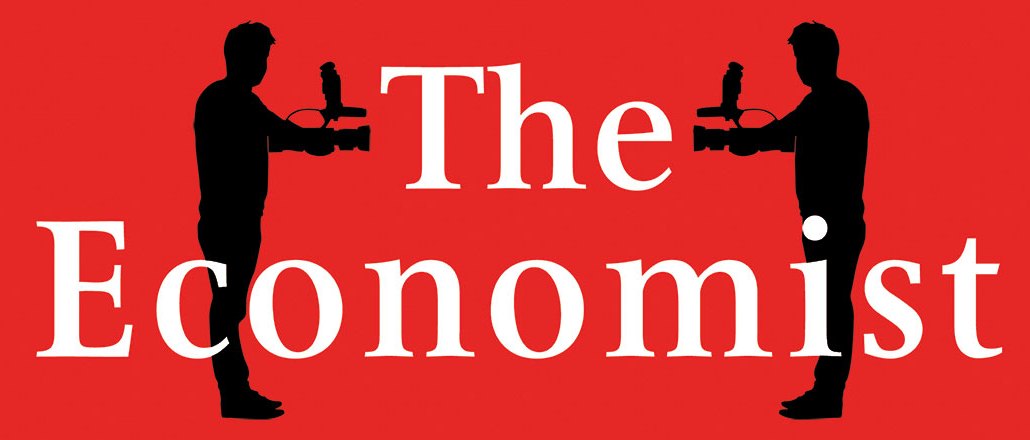
The Economist has made its position clear: attention-based ad sales are the future. Now it’s expanding this way of selling to more of its real estate, namely its daily Espresso app.
That means in the coming months advertisers will be able to buy guaranteed time-based ad sponsorships on the daily app, as well as the weekly apps, where 90 percent of ad slots are already sold based on guaranteed attention.
“We’re not in the business of selling clicks and impressions, despite it being what advertisers ask for. We’re in the business of selling engagement,” said The Economist’s global head of digital products revenue Ashwin Sridhar.
Both the Financial Times and The Economist have pioneered time-based ad sales to give advertisers alternatives to measuring click-through rates and reduce reliance on impression-based selling, a metric they don’t believe benefits publishers or advertisers.
The way The Economist structures time-based selling differs on apps from desktop to mobile sites, though. Given ads are downloaded along with the content on its apps, advertisers are sold time-guarantee sponsorships of 700 hours for a global campaign. That’s different from the cost-per-hour (CPH) metric it’s rolled out for its desktop and mobile websites, which trade on both sponsorships and CPMs, but it’s all part of the same play to shift more clients to attention-based buying.
Two years in, 90 percent of the inventory on The Economist’s mobile weekly editions is being sold this way.
For that 700-hour guarantee, an advertiser must commit to a couple of things: the campaign must run globally, and it must be a premium spot, such as the first full-screen ad that appears. For that, they’ll pay on average £52,000 ($69,000) per campaign in exchange for a month’s exposure. Usually those generate an average of 800 hours, according to Sridhar, who added that there have been times when the 700-hour guarantee was met within the first two weeks of the campaign.
Ad position: web_incontent_pos1
Now, it’s calculated that based on the 800-hour average, clients are paying £1 ($1.32) for every 55 seconds of “view time,” which means for 55 seconds the only thing on the user’s screen is the ad.
The “tap” rates on those in-app ads are an average 7 percent, well above the average CTR of 0.1 percent, added Sridhar. “We know those taps aren’t accidental because the ads take them through to a clients’ website, and we’ve since tracked that, of all the people that visit that site from the ad, they’ll generate a total 91 hours on that site. That’s just under four days of engagement for the client,” he said.
Its Espresso app will soon feature a similar model, though being a shorter, daily news app providing a “shot” of five summaries of the biggest stories of the day, it will naturally have a smaller time guarantee.
Espresso has had 1 million downloads and 200,000 unique users a month, who spend an average six minutes with the app (compared to the 45 minutes of the main weekly app). That means the time guarantee will be closer to 200 hours, though the details are still being worked out. The tap rates for Espresso are 2 percent, but certain campaigns have skewed higher. A campaign for the Nippon Electric Company last November had 18 percent tap-through rates in the first week and 11 percent the following one, according to The Economist.
Agencies have welcomed the move to explore time-based sales, but until the method is standardized across publishers, incorporated into their own dashboards or verified by third parties, it remains a tough sell.
Ad position: web_incontent_pos2
“It’s a good idea but it’s how we verify the measurement ourselves,” said Alex Smith, head of planning at media agency Maxus. “We’ve taken a lot of time to train teams on viewablity and ad fraud, and build these metrics into our dashboards so we can report across those measurements. To then have to go back to relying on publishers to tell us what it is feels backwards.” He also stressed that with so much moving programmatic, justifying using isolated publications that are selling differently will be difficult without real scale.
The Economist hopes to address this in time, and is working with Moat Analytics on such a standard. Moat has said there another 25 publishers that are exploring time-based sales.
“Before, The Economist and the Financial Times were the only two crazies screaming on top of a hill about time-based sales, but now there are more than 20 other publishers looking at it. But we must find a way to make it easier to trade on CPH,” added Sridhar.
More in Media

NewFronts Briefing: Samsung, Condé Nast, Roku focus presentations on new ad formats and category-specific inventory
Day two of IAB’s NewFronts featured presentations from Samsung, Condé Nast and Roku, highlighting new partnerships, ad formats and inventory, as well as new AI capabilities.

The Athletic to raise ad prices as it paces to hit 3 million newsletter subscribers
The New York Times’ sports site The Athletic is about to hit 3 million total newsletter subscribers. It plans to raise ad prices as as a result of this nearly 20% year over year increase.

NewFronts Briefing: Google, Vizio and news publishers pitch marketers with new ad offerings and range of content categories
Day one of the 2024 IAB NewFronts featured presentations from Google and Vizio, as well as a spotlight on news publishers.
Ad position: web_bfu


